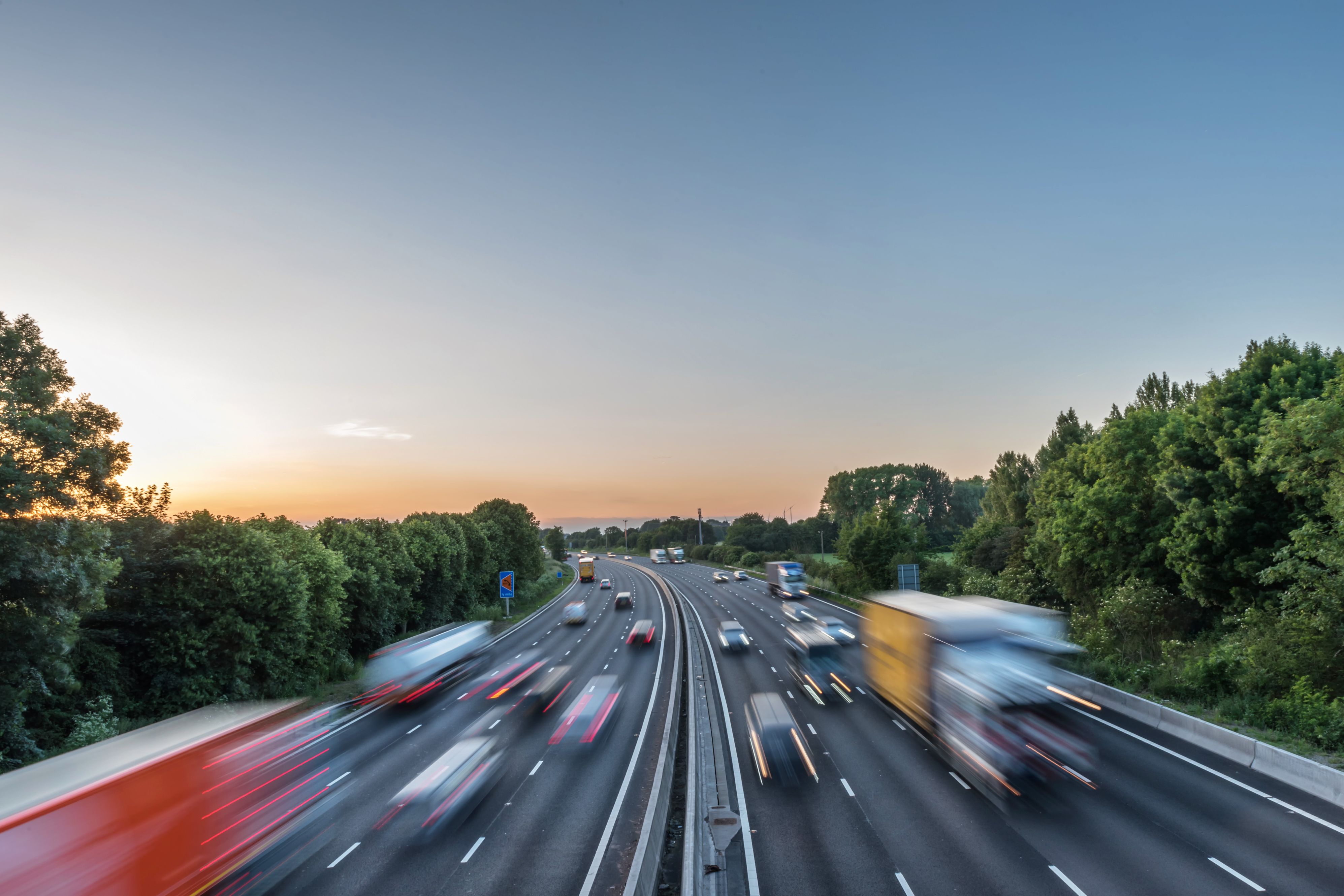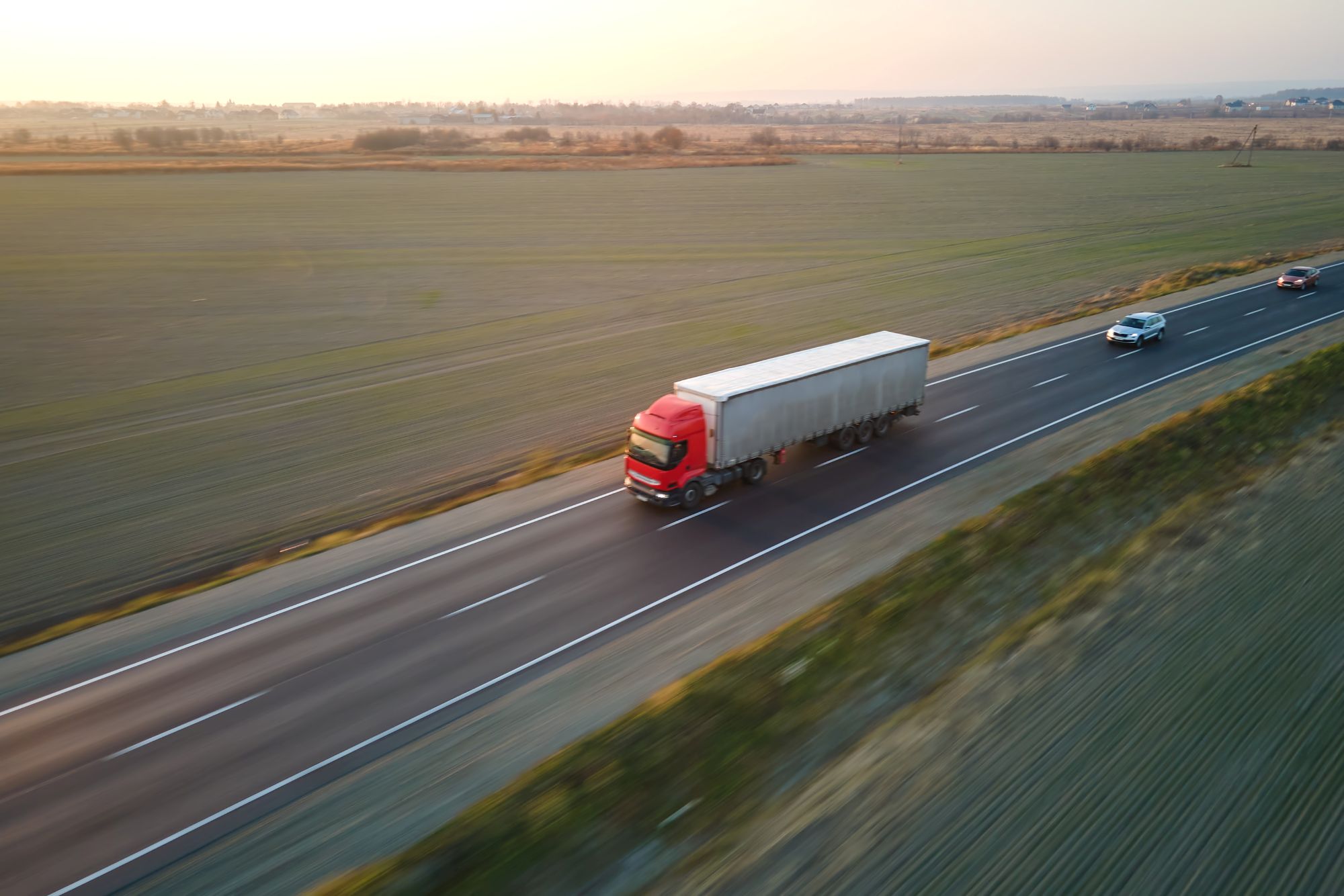
Susie Jones
Lipsa șoferilor în Marea Britanie: Se îmbunătățesc cifrele?
Creat: 12.02.2025
•
Actualizat: 12.02.2025
Oricine lucrează în industria transporturilor nu este străin de termenul "penurie de șoferi" - o expresie mult prea comună de când COVID-19 și Brexit au perturbat sectorul. Marea Britanie a fost lovită puternic în această perioadă, mulți șoferi din UE părăsind țara - o mare pierdere, deoarece șoferii europeni reprezentau o parte semnificativă a forței de muncă din sectorul transporturilor rutiere.
La șase luni de la [articolul] nostru (https://snapacc.com/newsroom/addressing-the-hgv-driver-shortage-in-the-uk-in-20242025/) pe această temă de actualitate, analizăm situația actuală a sectorului.
Numărul șoferilor profesioniști din Regatul Unit crește.
Cifrele publicate de [Logistics UK] (https://motortransport.co.uk/uk-professional-driver-numbers-increase-by-more-than-a-fifth/25167.article) au arătat o creștere de aproape 55 000 de șoferi de vehicule grele angajați în ultimul an - o creștere de 21%.
Ce s-a schimbat pentru a atrage mai mulți șoferi?
Mai multe inițiative au dat roade pentru a încerca să reducă deficitul de șoferi din Regatul Unit.
Finanțare: Guvernul a pus în aplicare 33 de inițiative menite să reducă deficitul. Printre acestea se numără, fără a se limita la acestea, relaxarea regulilor pentru livrările de supermarketuri la ore târzii, tabere de pregătire a șoferilor și creșterea numărului de teste de conducere disponibile.
Condițiile de muncă: Șoferii de camioane au solicitat condiții de muncă mai bune în Regatul Unit, 55% dintre aceștia dorind îmbunătățirea facilităților. Guvernul britanic a alocat 16 milioane de lire sterline stațiilor de camioane pentru îmbunătățirea facilităților.
- Social media: Influencerii au jucat un rol semnificativ în schimbarea percepției publice asupra industriei. Șoferi precum Trucker Liam și Jodi Smith își folosesc platformele pentru a evidenția momentele bune și rele ale muncii în acest sector.
Rămâne o discrepanță de vârstă.
Logistics UK a raportat, de asemenea, că numărul de șoferi sub 35 de ani a crescut cu 31 630 între T3 2023 și T3 2024. În ciuda acestui fapt, industria se bazează în continuare pe șoferi mai în vârstă - cu peste 53% din sector având vârsta de 50 de ani și peste.
Un raport al RHA, intitulat [Lorry Drivers: The Vital Link] (https://www.rha.uk.net/news/news/detail/rha-report-200-000-hgv-drivers-needed-in-next-5-years), sugerează inițiative pentru atragerea tinerilor în industrie prin:
Implementarea integrală a celor 8 obiective de referință Gatsby pentru a oferi un sistem eficient de orientare profesională tuturor elevilor de vârstă școlară, în vederea creșterii gradului de conștientizare.
Intensificarea colaborării cu școlile și colegiile.
Dezvoltarea unei calificări formale școlare sau universitare, cum ar fi un T-Level.
Încorporarea modulelor de logistică în programa actuală.
Exploatarea inițiativelor sprijinite de guvern încorporate în programul "Make Work Pay", prezentând logistica ca o carieră accesibilă și plină de satisfacții.

Ce altceva trebuie schimbat?
Deși s-a început deja să se lucreze la soluționarea problemei lipsei de șoferi, trebuie făcute mai multe eforturi pentru a evita repetarea situației din 2021:
Mai multe fonduri guvernamentale trebuie să devină disponibile pentru ca stațiile de camioane să își îmbunătățească facilitățile.
Oferirea de sprijin continuu pentru șoferii aspiranți, inclusiv tabere de pregătire pentru a reduce costurile de formare.
Oferirea unei mai mari flexibilități în cadrul noii taxe pentru creștere și competențe.
Colaborarea cu școlile și colegiile la nivel local pentru promovarea carierelor în industrie.
De ce părăsesc șoferii HGV industria?
Șoferii de camioane părăsesc industria dintr-o multitudine de motive:
Îmbătrânirea forței de muncă: Având în vedere că mulți șoferi de camioane au peste 50 de ani, industria a înregistrat un aflux de șoferi care s-au pensionat.
Orele de lucru: Transportul rutier este o profesie solitară, șoferii lucrând ore lungi, neregulate și antisociale la volan.
Condițiile de muncă: Au existat preocupări semnificative cu privire la starea instalațiilor, orele lungi și programele imprevizibile.



